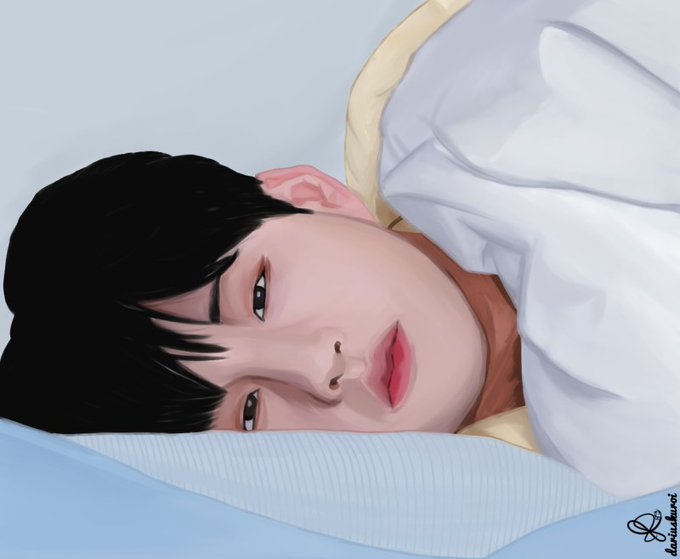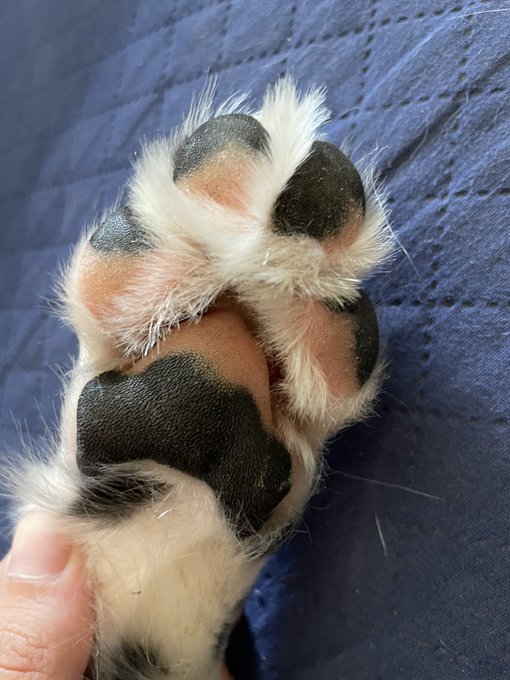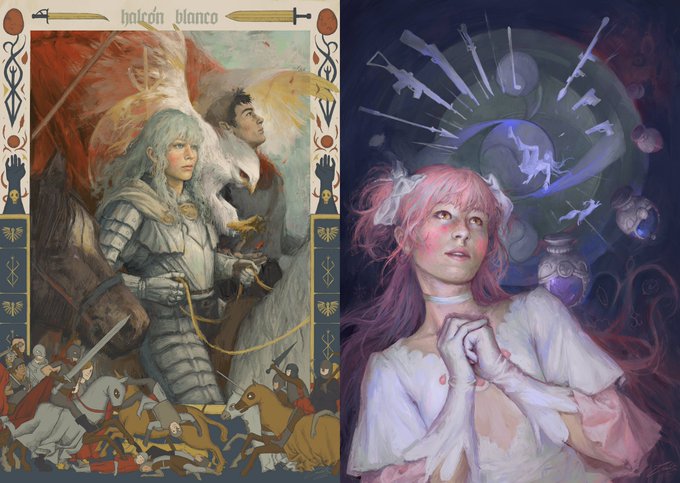GaliciaのTwitterイラスト検索結果。 448 件中 2ページ目
[ LUPA ] CURUXA
Animais Míticos do Camiño de Santiago
@cequelinhos @AiraEditorial @Londji_News
#ilustratecto #illustration #airaeditorial #galicia #camiñodesantiago #animais #míticos #art
#FaustianFriday Although their real existence is not proven, it is said that, on stormy nights, the Galician RAQUEIROS (from English wrecker) tied torches to the horns of cows and released them on the cliffs, to confuse the ships that sailed near the coast and cause their wreck.
#FairyTaleTuesday In some tales by Galician writer Álvaro Cunqueiro, the souls of the deceased turn into ravens and they even retain some characteristics that they had whey they were human (for example, a lame human will be a lame raven).
#Humor para saludar la temporada del centollo:
@santygutierrez y @OBichero x2
sobre esos "farois / faroles" #Galicia
👉https://t.co/IKAKOPpiki
#cartoon #cartoons
#SuperstitionSat The "pagaíños" ('little pagans') live in Northern #Galicia mountains. They are small, unkempt, long-haired beings that dwell underground. They do not like to interact with humans, although they can be seen dancing (with great dexterity) on top of certain rocks.
Hi! I'm Dara, a Galician artist who likes to draw people and someone who expends a lot of time watching TV shows.. (ノ◕ヮ◕)ノ*.✧
#artistsontwitter
#FairyTaleTuesday When Normans attacked the northern coasts of #Galicia, bishop Saint Gonzalo, grabbing his staff and raising his arms, invoked a storm that sank the entire Viking fleet. Only one ship was saved, which is carried the stunning news of the massacre to Scandinavia.
Xa á venda o número especial de O Papagaio adicado á Galicia medieval, o xornal da xente miúda no que tiven o pracer de colaborar cun par de láminas. Aquí a da cidade medieval. Podedes facervos con el neste enlace: https://t.co/kzHebhvIHK
#FairyTaleTuesday In Galician lore, the "meiga chuchona"(sucker witch) enters houses every night to suck the blood of children, so that they become weaker and weaker. And the "chuchasangues" (blood sucker) hides in dark alleys in winter to kidnap children and suck their blood.
¿Cómo se llamaría mi novela de brujitas en Galicia?
El Aquelarre Omeiga🧙🏽♀️
#FairyTaleTuesday Galician "lavandeira" (washerwoman) is a hag who appears at night washing bloodstained clothes in a stream. She asks you to help her to twist her laundry. You must do it just the opposite way to her, and she will dissipate. Otherwise, you will suffer misfortune.
🏰 Un par de ilustracións que realicei para a web https://t.co/Lj6flwHqIF (Fortalezas do Reino de Galicia), que reúne unha listaxe destas e difunde o patrimonio cultural derivado das construccións orixinarias das Idades Media e Moderna.
#MythologyMonday In Galician folklore, Pedro Chosco is an old man with a half-closed eye. He puts children to sleep with gentle caresses, although it prefers to seduce girls (especially maids)....
Dorda creció, estudió y desarrolló su trayectoria plástica en A Coruña, Galicia. Pero fue en Londres donde la pintura se convirtió en su principal medio de expresión. Allí tomó contacto con los pintores ingleses y el expresionismo, y su influencia quedó marcada en sus obras.
🇪🇸 | #Oddballs #theodd1sout
After the recent inclusion of Latin American Spanish audio, the trailer for the upcoming Netflix series recieved Basque, Catalan and Galician audio tracks, making it the 5th original to get regional Spanish dubs.
@DoblatgeCatala @DobraxeGalega
#WyrdWednesday Christians killed all the 'mouros' (pagans) who lived in A Creba (#Galicia). So the princess invoked a big wave that drowned the Christians, separated A Creba from the mainland and turned it into an island. Then, she became a huge snake and caused many wrecks.
Curiously, I put a moon on her shoulder, which was a coincidence because months later, Lúa came into my life (she is also a border collie mix) whose name means “moon” in Galician. In addition, her beans are very similar to the ones I put on Stella🐾
@JW_Arte ¡Buenas! Soy Carlota y es mi primera vez poniendo puestecito fuera de Galicia. Estaré en el stand NC219, ¡espero veros! Me encontraréis vendiendo prints de varios tamaños, chapitas y pegatinas 💖.
#WyrdWednesday In Galician folklore, a "moura" (fairy woman) often appear in the form of a terrible serpent. The boy who wants to disenchant her must be able to give her three kisses on the forehead or take with her own teeth the carnation the serpent has in her mouth.
#FairyTaleTuesday
The Aláparo was an one-legged, one-eyed monster who used to kidnap girls and women to eat them. The neighbors from Salvadur (#Galicia), fed up with this situation, hunted and killed the creature, and buried him under an oak tree that still exists today.














































